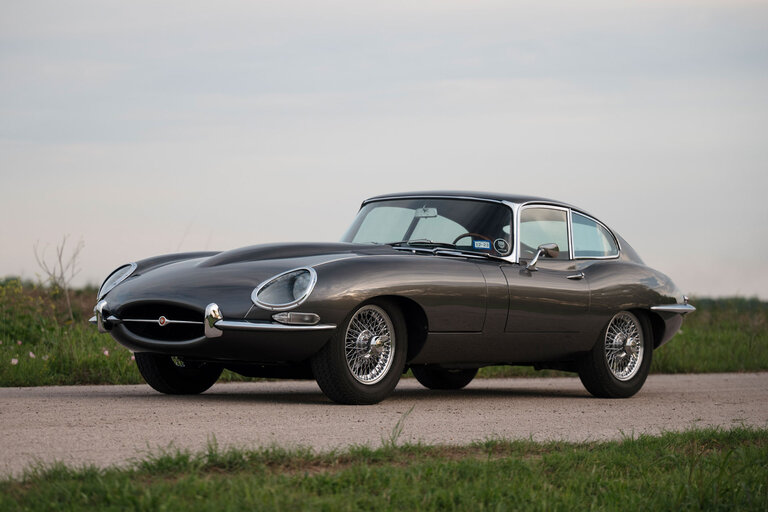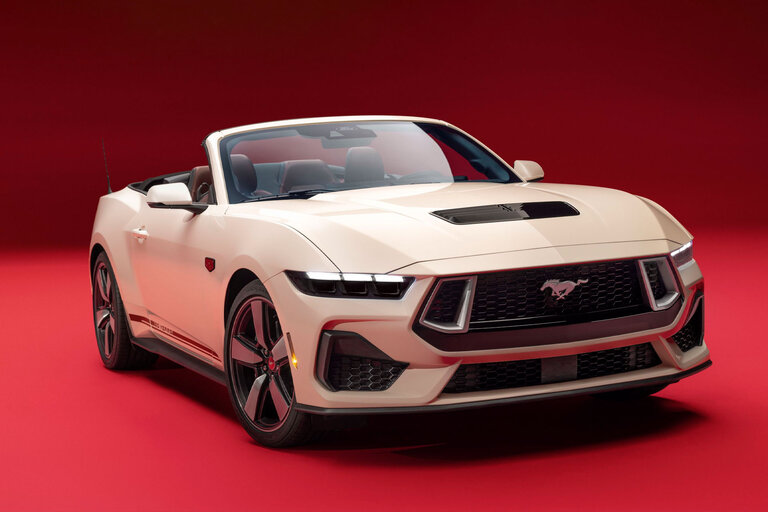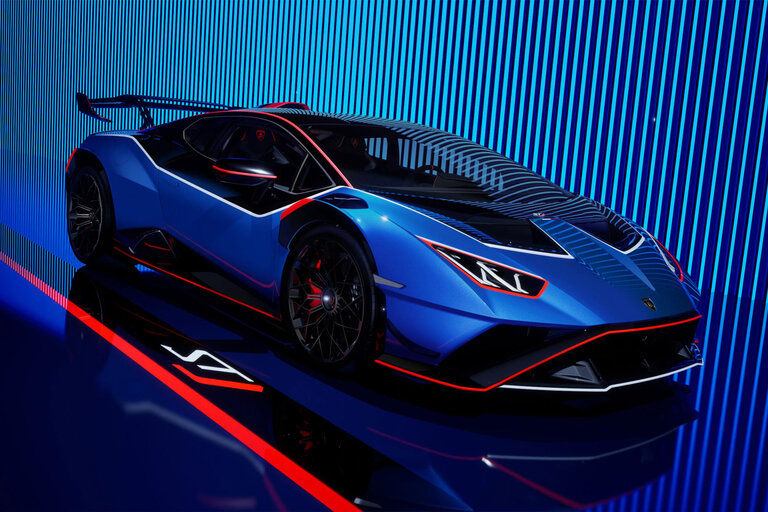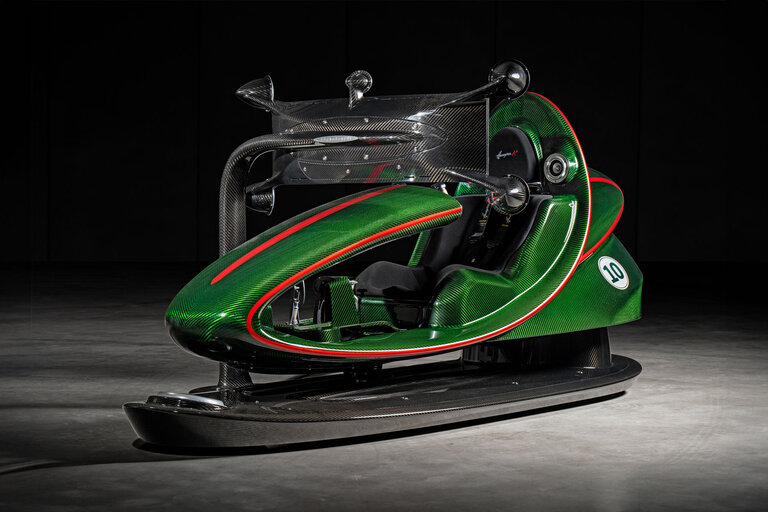
From the January 2000 issue of Car and Driver.
There’s gotta be a but in this car somewhere. You know, the killer but, as in “the handling is totally bitchin’ and the chicks really dig it but . . .”
Okay, maybe this isn’t a killer but. Some cars escape those. But you can expect to find two or three smoldering irritants in every new car.
Yet we’re coming up empty on this Boxster S, which is to say it’s more fun than two-steppin’ with Shania Twain. When Porsche grafted an S onto its mid-engined droptop for the year 2000, it turned up the knob in all the right places.
The Boxster S follows Porsche’s tradition, dating back to 1952, of topping its model lines with a muscled-up S version, which always carries a muscled-up price as well. In this case, the no-suffix Boxster costs $42,195, and the S model goes to $51,430.
For those who were oblivious to sports cars until last week when the midlife-crisis symptoms kicked in, a little background on the Boxster might be helpful. It debuted in model-year 1997 with the promise of being an “affordable” Porsche. Uh-oh, doesn’t “affordable” imply giving up something you really want? The Boxster opened with only 201 horsepower from its 2.5-liter water-cooled six-cylinder engine, making for a 14.2 power-to-weight ratio, a bit feeble for a Porsche. But we loved it right off the boat, awarding it the top rating in its first comparison test (“Spring Fancies,” April 1997) against the BMW Z3 2.8 and the Mercedes-Benz SLK. Weak for a Porsche maybe, but that first Boxster outran the others in almost every test of speed and absolutely delighted us with the accommodations that come free with this car’s clever packaging. Porsche seems to have wrung every possible benefit from the mid-engine layout. The flat-six lies low, between the back of the cockpit and the rear wheels. That opens trunk spaces both front and rear for cargo. And leaves room for the power top to stow itself over the low engine with only modest intrusion into the rear trunk.
You have all this useful space because, from above, the Boxster seems to have no engine. The fluids can all be checked and replenished through a small service corner under the rear trunklid, but to actually see the engine, or work on it, you must come up from the bottom.
The Boxster’s accommodating nature continues into the cockpit, too, which is exceptionally broad of beam, no doubt because the car itself is about two inches wider, more or less, than its imported competitors. The result is wonderful elbowroom. Few will feel confined in this sportster. Six-footers slide easily into the driver’s space. Taller pilots will find a bit of extra legroom by sliding the seatback tight against the roll bar, at a cost of having to listen to the upholstery scritch-scritch against metal when the structure shakes slightly over bumps.
For 2000, the no-suffix Boxster’s crankshaft stroke is up 6 millimeters to 78mm, which increases displacement to 2687cc from 2480. The Boxster S maintains this increased 78mm stroke while its bore is enlarged 7.5mm to 93, thereby upping displacement to 3179cc. In the smaller engine, power rises 16 hp to 217 at 6500 rpm; the Boxster S comes in with 250 hp at 6250 rpm. Both engines gain a drive-by-wire throttle and a system of tuned intake runners to boost torque; they switch to longer runners in the 3000-to-5100 rev range. Both Boxster engines are smaller-displacement versions of the 3.4-liter six used in the 911 Carrera, and they share the variable intake-valve timing system of the larger powerplant.
Compared with last year’s 2.5-liter car, the S fairly rushes forward. It has glorious torque, which makes for pushy thrust as the tach swings past 4000, swelling exuberantly on toward 6000. This midrange is so lusty, the six-speed’s ratios are so perfectly spaced, and the pipe-organ music from behind is so sweet that you can happily play on the back roads without pushing to the 7200 redline.
In the foot-down mode, 0 to 60 rushes up in 5.2 seconds, followed shortly by a 13.8-second quarter-mile at 101 mph. Who-eee, those are Porsche numbers, and a solid improvement over last year’s by margins of 1.3 seconds to 60 and 1.2 seconds and 8 mph in the quarter. Top speed has leapt upward as well, to 160 mph from 147.
But don’t think the Boxster S is just an engine story. A quick glance through the airy five-spoke wheels picks up glossy crimson calipers clamped over larger drilled rotors transplanted from the 911 Carrera. This hardware pays off in even mildly energetic road driving. Quite apart from their short stopping distances–168 feet from 70 mph–these are inspiring brakes for the control they bring. Do you want decel g to fold your ears forward one millimeter or two? Two-and-a-half? No problem. These brakes give you that level of precision.
Those who do their own maintenance will love that airy wheel design. Instead of crawling under the car to bleed the brakes, just reach in between the spokes.
This test car wears the S’s standard suspension and standard 17-inch wheels and tires: 7.0-inch-wide rims in front with 205/50ZR tires, and the rears are 8.5 inches wide and wrapped in 255/40ZR rubber. Chassis upgrades include tie-rod ends of greater rigidity, revised steering geometry, and larger wheel bearings. The standard suspension on both S and non-S Boxsters has the same spring rate in front; the S gets an 11 percent increase in back. We found cornering grip to be excellent on this car at 0.92 g, up just a shade from the 0.91 g of the last Boxster we tested. That one had the benefit of the optional 18-inch wheels and tires, which are also optional on the S. The test S understeers predictably, about right for confident control on public roads.
For a sports car, the ride is fairly supple over large bumps; the wheels patter over them all without deflecting you from your chosen path. Harshness seems more troubling over the small stuff, where it brings out minor creaks and groans from the body as it flexes.
The S model’s visual differences are really quite subtle: a big air intake centered in the front spoiler to cool an additional radiator; titanium-colored accents in the grille, around the windshield, and circling the instrument dials; an “S” badge on the decklid; twin exhaust outlets centered behind; and the crimson brake calipers.
The interior feels and looks plusher. The new three-spoke steering wheel has a nifty shape where the horizontal spokes meet the rim, there to comfort those who hook their thumbs over the spokes. The levers on the left doorsill for releasing front and rear lids now glow with a polished aluminum finish, compared with plain black in the non-S. The shifter has a perfect shape: on the rear, just the right contour to fit your palm as you push forward; on the front, just the right hooked curve to keep your fingers from sliding up as you pull back.
Yes, it’s easy to get a little sappy about this energetic addition to the Porsche line. Still, we remain road testers of the sternest discipline, and there are a few concerns that may rise to the level of but. The Boxster was the first all-new Porsche in 19 years, and the long-term test car we obtained a few months later required seven unscheduled visits to the dealer for repairs during its 40,000-mile run. Porsche has had more than two years since to work the bugs out of the new design, but . . .
The speedometer dial is small and crowded with plump numbers, yet they call off speed in exceptionally wide, 25-mph increments. It’s about worthless for gauging the difference between 35 and 45 mph, although some authorities expect you to know exactly. Is that a but? This gets more complicated, because the Boxster packs a second speedometer, a digital, and it’s easy to read, but it shows 3 to 4 mph high at freeway speeds, an annoying error we’ve found in all late-model Porsches. That’s a but.
Regard, too, the rich leather coverings on the shifter, brake lever, and door pulls. Porsche designers are eye guys, apparently, so they moved the seams out of sight to the back sides of the handles. Now your fingers feel a ridge every time you pull one of those handles. Is this a but?
The softtop’s plastic back window is indisputably a but. Probably not a killer but, but most assuredly an irritant, and one that will smolder ever hotter when the plastic clouds over as the months pass.
Let’s leave it this way. Porsche could have done better here, and we’re going to stay on top of these concerns by driving S-model Boxsters every chance we get.
Counterpoint
Last year, we found room on our 10Best list for three big-buck roadsters (and a Miata). The mid-engined Boxster’s scintillating chassis dynamics and intoxicating engine note evened the score against the brute horsepower and torque advantages of both the BMW M roadster and the Chevrolet Corvette. But the new Boxster S outmuscled the Bimmer (for about $7800 more), and it narrowed the acceleration gap with the Corvette from a second or more to a few 10ths, effectively knocking both off the list. Yes, $55 grand seems like a lot of money until you realize that it represents a 20K discount off the similar-looking, and not better-driving, 911 cabrio. —Frank Markus
More is almost always better when it comes to horsepower–you probably figured that out yourself, right?–but it seems to me the power commodity that really sets the S model apart from the original Boxster is torque. Adding 699cc to the displacement bolsters torque by 44 pound-feet, and more important, 85 percent of that torque is online by 2000 rpm. The net is lots of low-end snort for hustling the car out of slow turns, which is the essence of the racer’s cornering ethic: in slow, out fast. Right from the beginning, the Boxster has been just about the nicest of the new-breed roadsters to live with. More torque makes it more better. —Tony Swan
Typically, we don’t get giddy over cars here–doesn’t look professional–but seldom was heard a discouraging word about the Porsche Boxster S, except for the unfortunate fact that few of us can afford one, reasonably priced though it may be. We’ve loved the Boxster since it rolled off the boat from Germany, but we’ve unanimously wondered what a little more horsepower and a slightly more aggressive handling package would do for the car. They do what we’d hoped: make an excellent car better. Even before these upgrades, I couldn’t imagine paying the extra bucks for a 911. Now, it isn’t even worth contemplating. —Steven Cole Smith
This content is created and maintained by a third party, and imported onto this page to help users provide their email addresses. You may be able to find more information about this and similar content at piano.io
Source link





